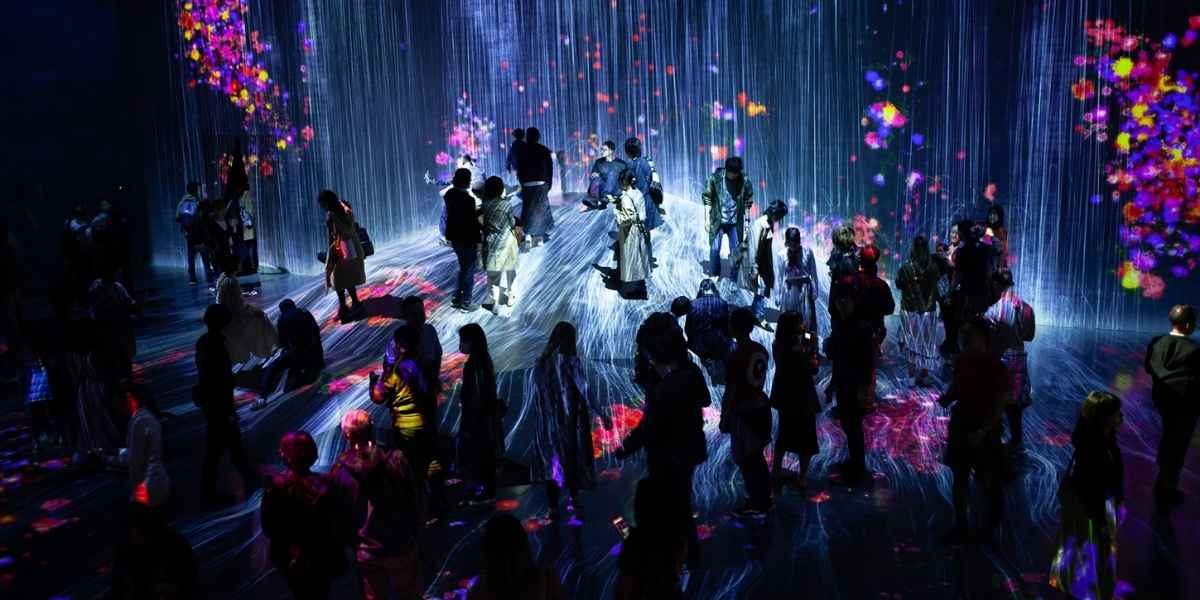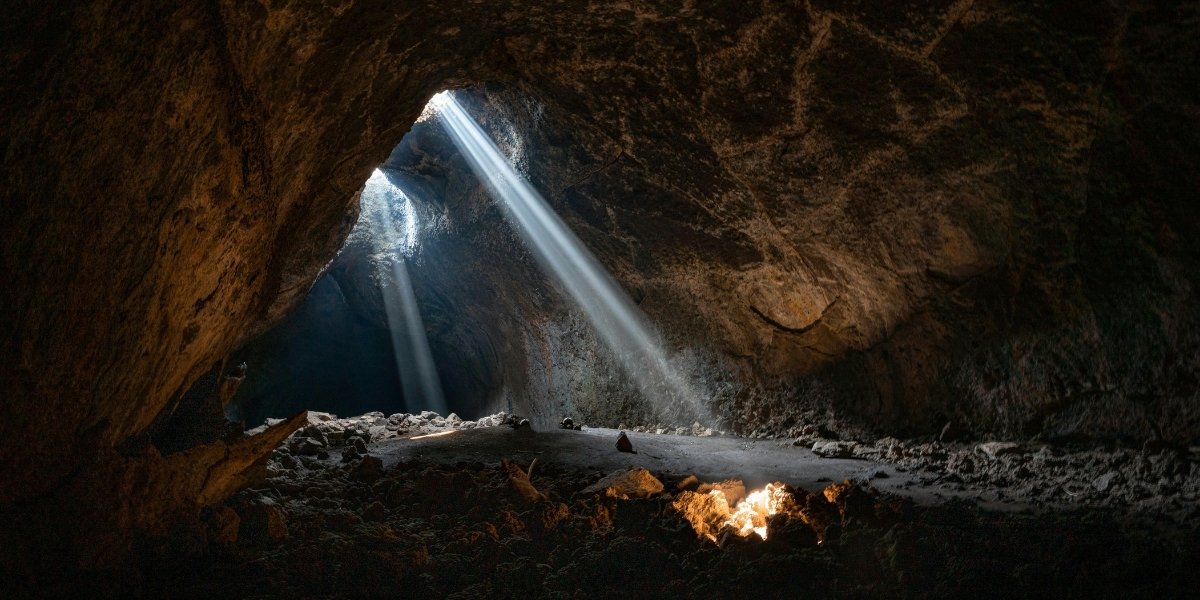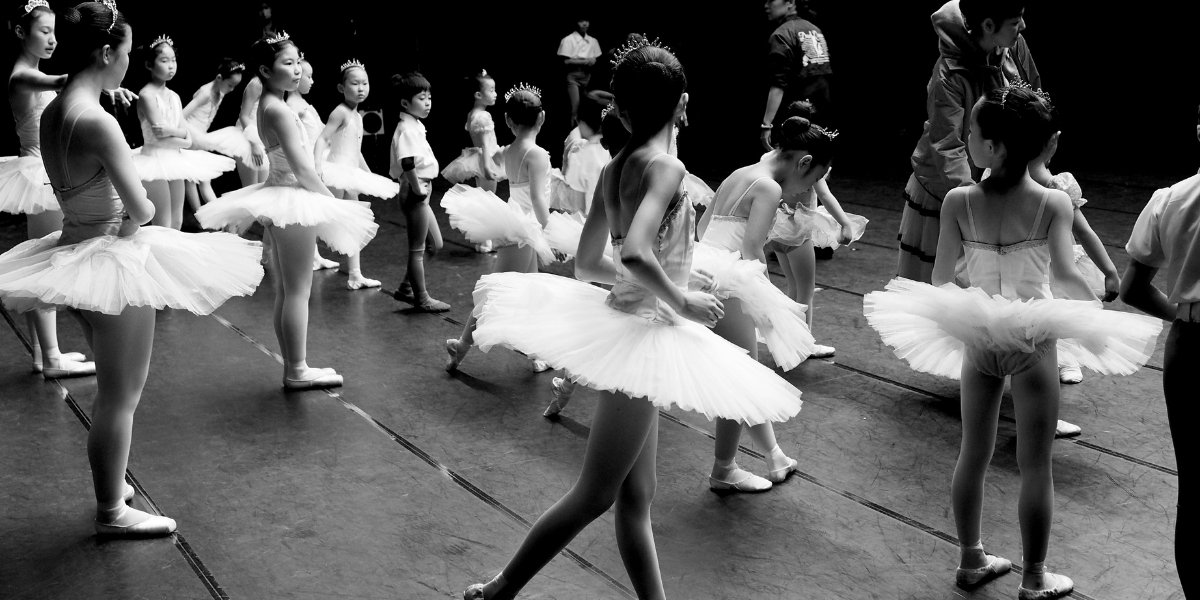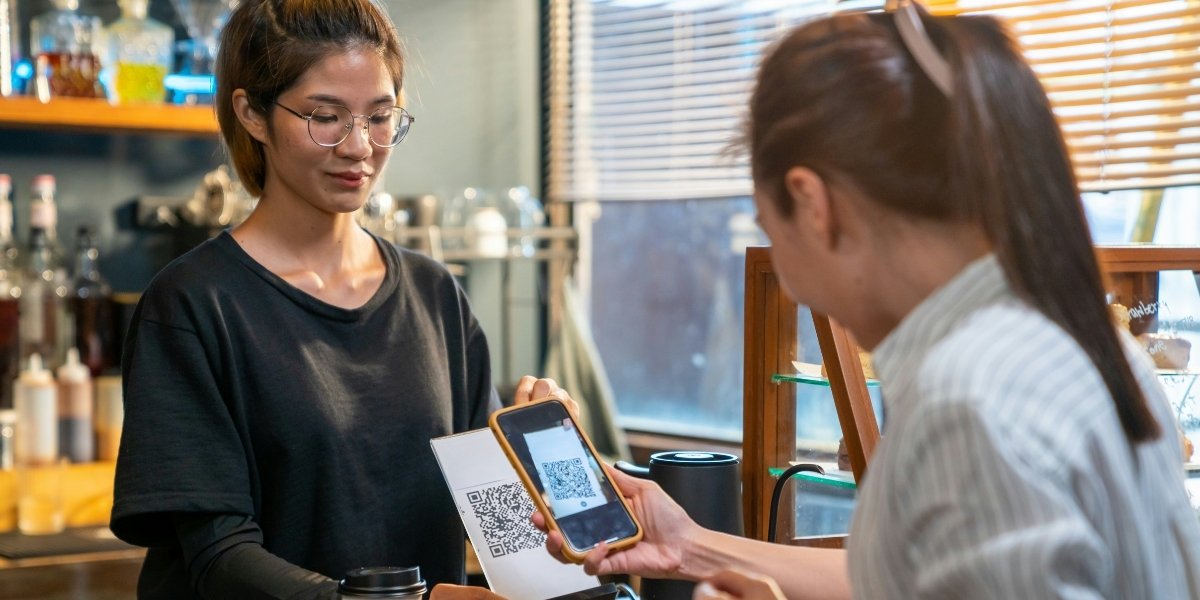The art industry has undergone a remarkable shift, with digital platforms redefining how artists create, showcase, and sell their work. From online galleries to blockchain authentication, technology is revolutionizing accessibility and engagement. The traditional barriers that once dictated success are dissolving, making way for a more inclusive and dynamic artistic landscape.
Read Also: Sustainability Challenges Facing Global Tourism
How Are Digital Platforms Expanding Artistic Exposure?
Artists no longer rely solely on physical exhibitions to gain recognition. Online galleries and social media have given creators direct access to global audiences, allowing them to bypass traditional gatekeepers. Platforms like Instagram, DeviantArt, and Behance serve as virtual storefronts where artists can showcase their work without limitations.
With sophisticated algorithms, these platforms tailor content to specific audiences, ensuring that emerging artists receive exposure beyond their immediate networks. Collectors, curators, and art enthusiasts can now discover talent with a simple search, eliminating the exclusivity once associated with gallery representation.
Can Digital Tools Enhance Artistic Creation?
Technology is not just a promotional tool—it is reshaping the creative process itself. AI-assisted design programs, virtual reality (VR) tools, and digital painting software provide artists with innovative ways to express their visions. Programs like Adobe Photoshop, Procreate, and Blender enable creators to experiment with styles that were previously difficult to achieve using traditional media.
Virtual reality has introduced immersive art experiences, allowing audiences to step inside a digital canvas. Interactive installations and metaverse exhibitions blur the line between physical and digital spaces, offering an entirely new dimension to artistic expression. These advancements push creativity beyond traditional mediums, opening possibilities that redefine the concept of art.
How Do Digital Platforms Influence Art Sales?
The art market has traditionally been exclusive, but digital platforms have democratized access to buyers. E-commerce sites, online auctions, and direct-to-consumer sales have removed the need for intermediaries, giving artists more control over their pricing and distribution.
Websites like Saatchi Art, Artsy, and Etsy allow independent creators to sell directly to collectors worldwide. AI-driven recommendation systems match buyers with pieces based on preferences, increasing sales potential. Digital platforms also facilitate transparent pricing, reducing the secrecy often associated with traditional galleries and auction houses.
Can Digital Platforms Ensure Art Authenticity?
With the rise of digital sales, authenticity has become a pressing concern. Blockchain technology and digital certificates of authenticity are helping verify the legitimacy of artworks, preventing fraud and duplication. Blockchain records ensure that each piece has a traceable ownership history, protecting both artists and buyers.
Smart contracts allow artists to receive royalties on future resales, a significant shift from traditional art transactions where creators rarely benefit from appreciation in value. These innovations build trust in digital art markets, encouraging more collectors to explore online purchases.
What Is the Future of Digital Art Platforms?
The influence of digital platforms on the art industry continues to grow. Artificial intelligence is advancing personalized art recommendations, while virtual exhibitions are reaching broader audiences. As technology evolves, artists will have even more tools to redefine their craft, and collectors will experience new ways to engage with art.
Read More: The Influence of Celebrity Culture on Lifestyle Standards
The accessibility provided by digital platforms ensures that creativity is no longer confined to elite circles. Artists from diverse backgrounds now have opportunities to share their work, gain recognition, and build careers in ways that were once unimaginable. This shift is not just a trend—it is a permanent transformation in the art world.
Published by Drake M.








